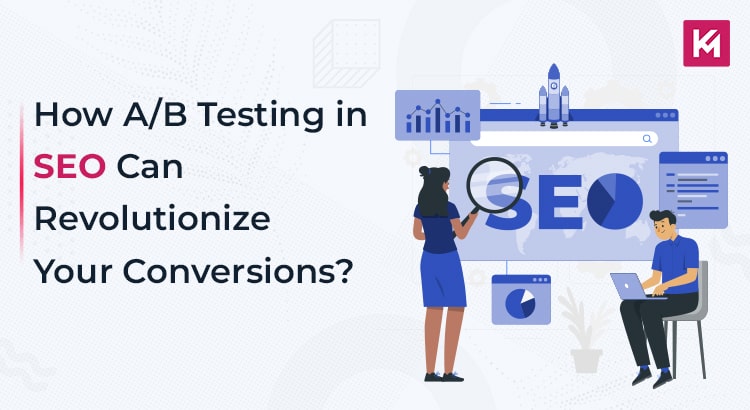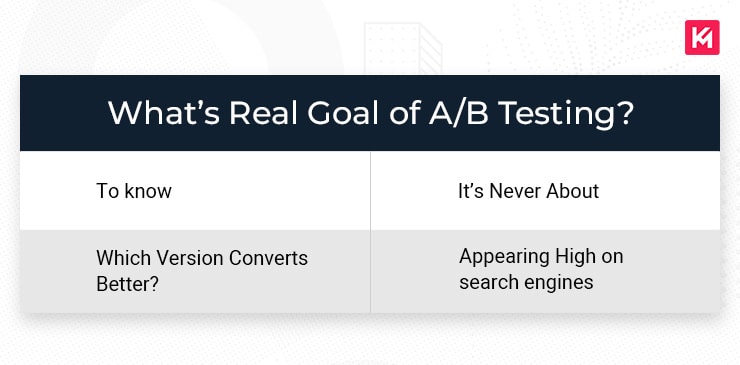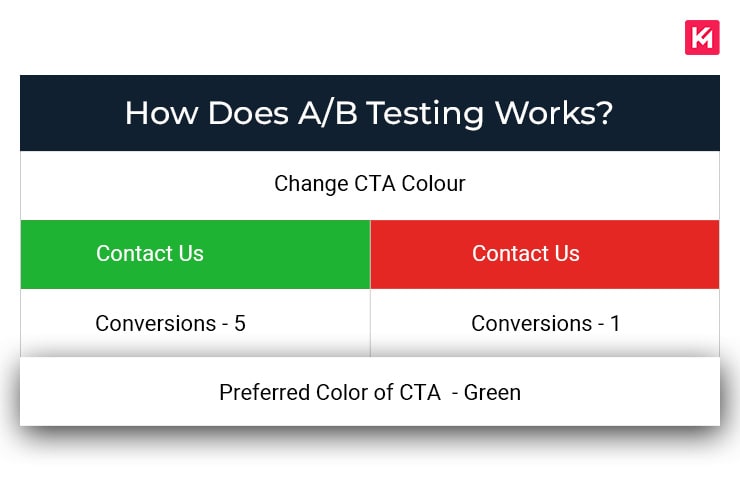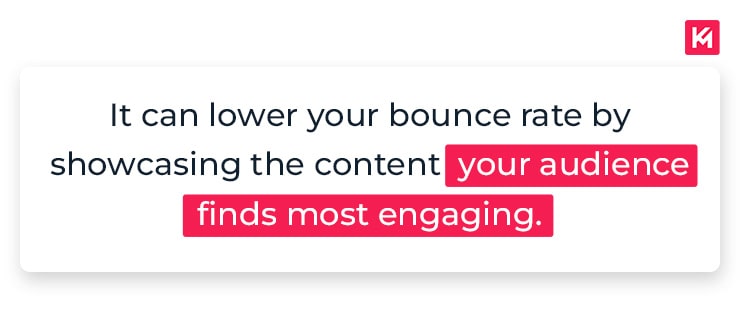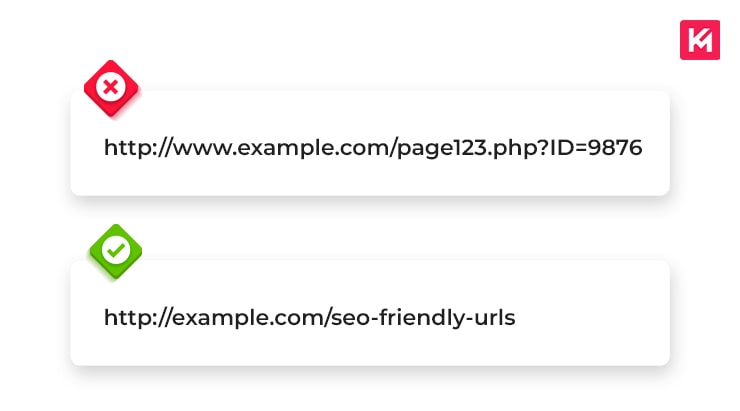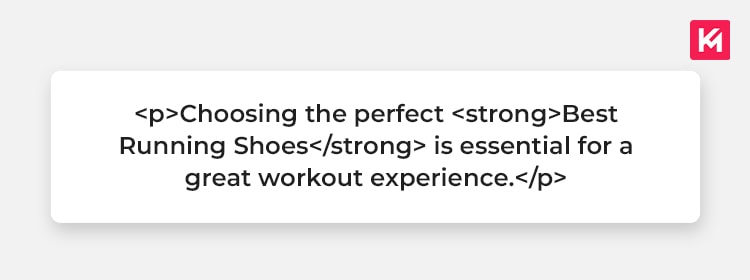Have you considered running A/B tests for your SEO landing pages? Though it’s not as common as A/B testing in pay-per-click or email marketing, this issue can significantly impact your online presence. We’ll explain A/B testing for SEO today and discuss its advantages for your website.
More Traffic vs. More Conversions
Let’s get one thing straight – we’re not talking about testing different versions of SEO-optimized content to see which one gets more clicks. We’re basically trying to figure out which version converts better for specific goal.
Assume: You’re adjusting a product page to get more sales. It’s not just about appearing on search engines; the real goal is to turn visitors into buyers at the checkout.
How Does SEO A/B Testing Help?
SEO A/B testing is like having a sneak peek into how your audience behaves. It removes biases and opinions, letting you make decisions based on real data.
For instance,
Change the color of your call-to-action button from green to red. If conversions spike, you know the green button wasn’t cutting it. It’s about letting the audience’s actions speak louder than any guesswork.
Let’s say you’re testing product page visuals – one set with stock photos and another with staged photos of the product in action. The results will tell you which resonates better with your audience.
These insights aren’t just for one page. You can apply them across your website, refining and optimizing content and elements. The endgame? More organic traffic, better visibility, and improved conversions.
A/B Testing Can Also Help You
- Identify what resonates with your target audience.
- Boost conversion rates.
- Base decisions on data, not assumptions.
- Gain a deeper understanding of consumer behavior.
- Tailor campaigns to different audience segments.
First Optimize Your SEO Landing Pages
Now, let’s get hands-on. Before diving into A/B testing, make sure your SEO landing pages are in top-notch shape. Here’s a checklist:
SEO-friendly URLs: Keep it simple.
Title Tag: Your keyword should feature prominently.
H1 Heading: Match it with the title tag and include the keyword.
Bold the keyword once in the text: According to Google’s John Mueller, bold text can assist your SEO.
H2 Headings: Use subheadings with related keywords.
Images With Alt Text: Enhance user experience with descriptive alt text.
External Links: Connect your landing pages to related content.
How to Conduct SEO A/B Testing?
Enough theory – let’s roll up our sleeves. Choose what elements to test: headlines, calls to action, graphics, sales copy, or meta descriptions.
Hypothetical Example: If you’re eyeing meta descriptions, find pages with a lower click-through rate and brainstorm ways to improve them. Maybe the content needs a revamp, or the keywords could align better with search intent.
Now, launch Version “A” and wait. You’re looking for a traffic sweet spot, aiming for around 5,000 visits a week. If you’re building links, wait for them to kick in. Watch your analytics until traffic stabilizes – that’s your cue to start testing.
But here’s the kicker – don’t let Variation “B” get indexed. Why? Keyword cannibalization. Search engines might get confused and arbitrarily choose one page over the other, potentially harming your SEO efforts.
How to Keep Variation B Unindexed?
- **Apply a meta “No Index” tag to landing page B’s head.
- Canonical reference: Point landing page B to landing page A.
- Exclude Variation B from robots.txt: Keep it under the radar.
Run, Rinse, and Repeat
Once your SEO A/B testing is in full swing, monitor the results. Tools like VWO, Google Analytics 4, or Optimizely provide real-time feedback. If Variation “B” emerges as the winner, congrats! It becomes the new “A,” and the testing journey continues.
Remember A/B Testing Best Practices
To get the most out of your experiments, follow some best practices:
- Test one element at a time to isolate variables.
- Use statistical significance to decide on a winner.
- A/B testing in SEO is an ongoing journey of refinement. Each successful test opens the door to new possibilities. So, embrace the process, learn from the data, and keep optimizing!
In a nutshell
A/B testing for SEO is like fine-tuning your website to boost sales. It’s about making small changes, like tweaking buttons or headlines, to see what works best. By understanding what your audience likes, you can get more people to your site, increase visibility, and improve conversions. Keep it simple, test one thing at a time, and use tools to track results. It’s an ongoing process to make your site better, step by step. So, give it a go, learn from it, and keep making your site awesome!

